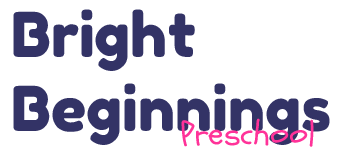Counting Doesn’t Add Up to Math
Counting Doesn’t Add Up to Math
Sometimes we tend to think to simplistically about mathematics and young children. You hear someone say ” my daughter knows all her numbers. She can count to 20. ” While counting is an accomplishment, it is only one very small part of knowing numbers.
Counting to 10 or 20 or even 100 is called rote counting and requires only the memorization of the number order. The child may or may not have any real understanding of amount or quantity.
Number vocabulary and concepts that young learners can begin to use in meaningful ways include some, more, less, bigger, smaller, pairs , groups, parts, and wholes. Talking and thinking about numbers and quantity as a part of doing activities is a natural way for children to develop mathematical concepts.
Parents can point out math- related aspects of every day situations. Use number words in conversation: ” let’s put these two shirts here or we need three more glasses on the table. ” Estimate how long it will take to get to grandmothers house. Measure how far the ball rolls. Divide a dozen cookies among four family members .
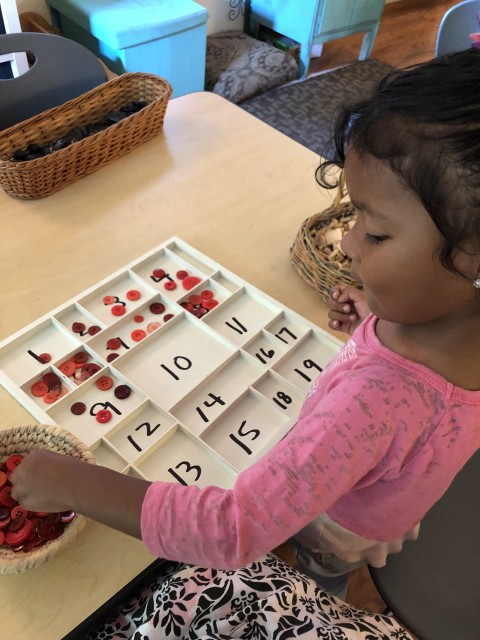
A simple math vocabulary grows from experience in cooking and measuring, understanding that numbers have names and written symbols, guessing anf estimating, and talking about days and weeks. These experiences lay the groundwork for beginning math.
http://siloampreschool.com/wp/wp-content/uploads/2019/09/img_9221.movParents play in important part in building children’s initial math understandings. Look for ways to help kids see the fun and usefulness of knowing more than how to count to 100.
We count with meaning several times a day.
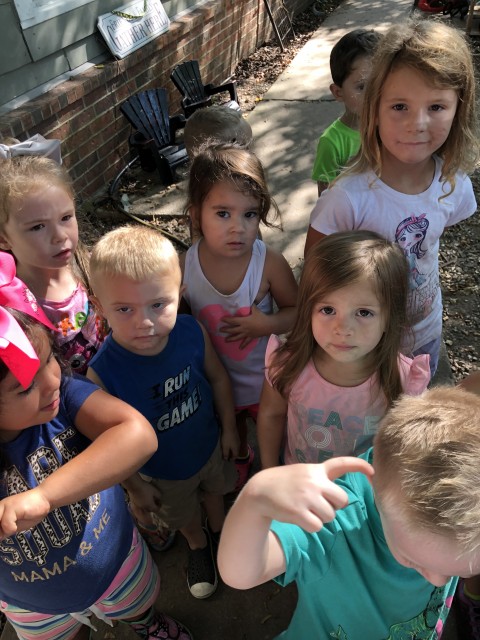
We count kids when we go in and out the gate. This ensures us we don’t lose anyone or forget them outside.
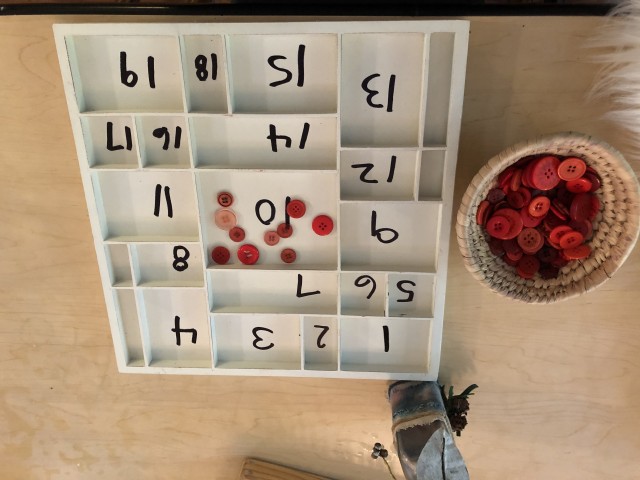
We have intentional math activities.
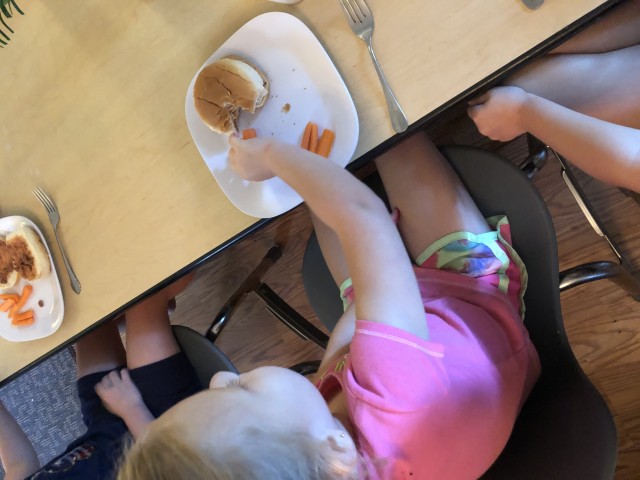 we count food at lunch
we count food at lunch
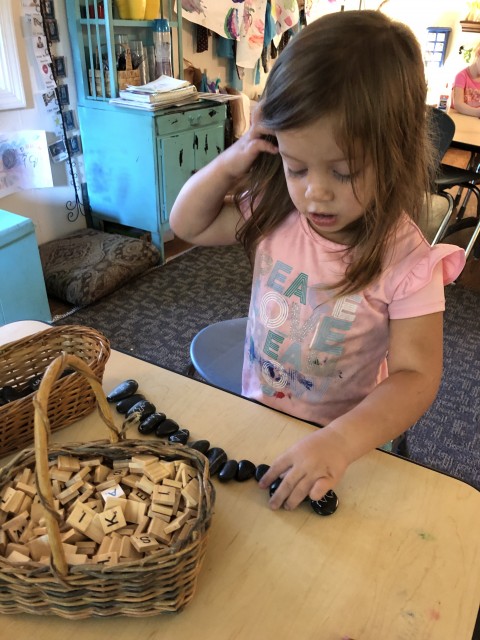 we count rocks we line up.
we count rocks we line up.
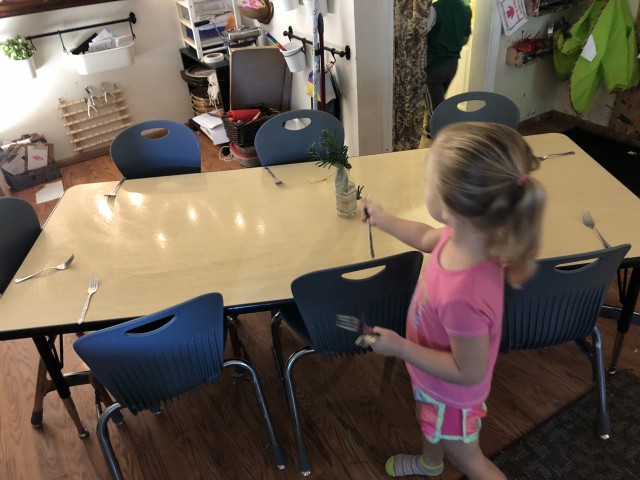 we use one to one correspondence when we help to set the table.
we use one to one correspondence when we help to set the table.
We use the math terminology all day .
” I think you need more soap .”
” let’s get into pairs for our I love you ritual .”
Math. All day everyday.
